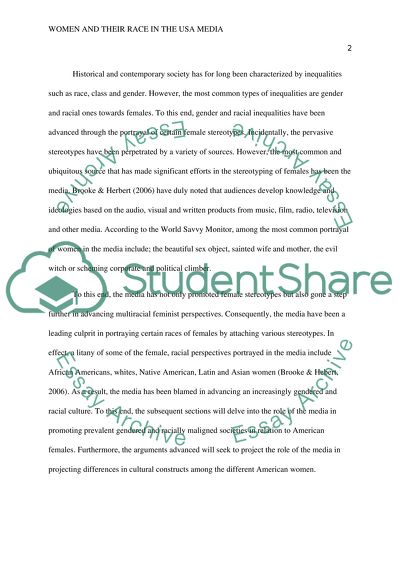Cite this document
(“Women and their race in USA Media Research Paper”, n.d.)
Women and their race in USA Media Research Paper. Retrieved from https://studentshare.org/sociology/1460746-women-and-their-race-in-usa-media
Women and their race in USA Media Research Paper. Retrieved from https://studentshare.org/sociology/1460746-women-and-their-race-in-usa-media
(Women and Their Race in USA Media Research Paper)
Women and Their Race in USA Media Research Paper. https://studentshare.org/sociology/1460746-women-and-their-race-in-usa-media.
Women and Their Race in USA Media Research Paper. https://studentshare.org/sociology/1460746-women-and-their-race-in-usa-media.
“Women and Their Race in USA Media Research Paper”, n.d. https://studentshare.org/sociology/1460746-women-and-their-race-in-usa-media.


